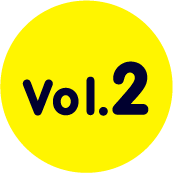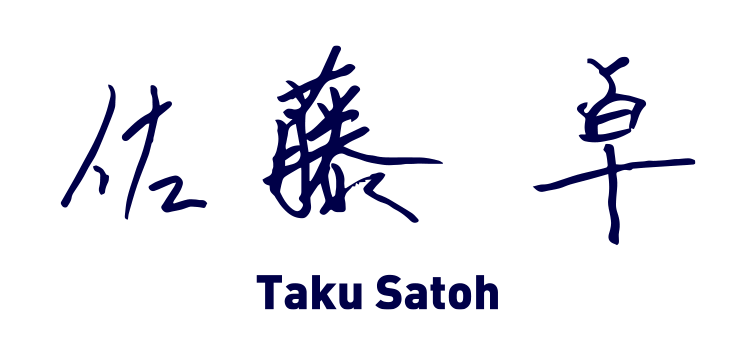What does it mean to write? Writing is a very simple task one can do with only a pen and paper. And yet, there’s an incredible amount of power to it, such as expressing your feelings to someone, gathering your thoughts into one place, leaving behind a record of present events to look back on in the future . . .
We’ll be using the Hobonichi Techo 2019 release to take another look at the action of writing, pondering and discussing what makes it so fun and what makes it so mysterious.
In this special article, we’ve taken a closer look at 10 people who draw and write in their professional or personal lives, checking out their favorite writing tools and hearing all about their writing process. We hope you enjoy reading all about the wide variety of approaches to writing.
What does it mean to write?


“Using a mechanical pencil makes me feel like I have 0.5mm fingers.”
Our second interview is with graphic designer Taku Satoh, who showed us his Hobonichi Techo and the mechanical pencil he always uses with it.
ProfileTaku Satoh
Graphic Designer
Graduated from Tokyo University of The Arts in 1979, majoring in design, and completed his master’s degree in 1981.
Joined Dentsu, Inc. before establishing the Taku Satoh Design Office in 1984.
Created product designs and branding for Oishii Gyunyu milk, Lotte XYLITOL gum, and much more.
Currently active across a broad spectrum of projects, including general direction for NHK Educational TV’s “Design Ah!” series and art direction for “Nihongo de Asobo.”
Current director of design museum 21_21 DESIGN SIGHT in Tokyo.
TSDO Website





